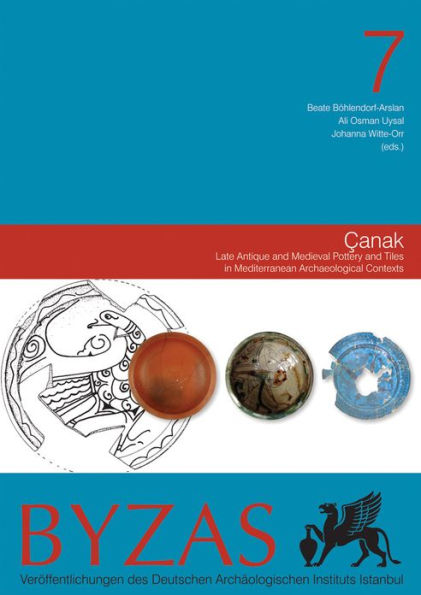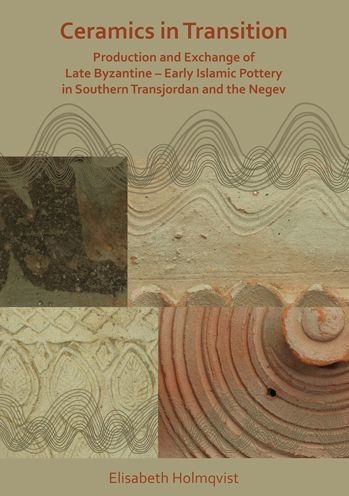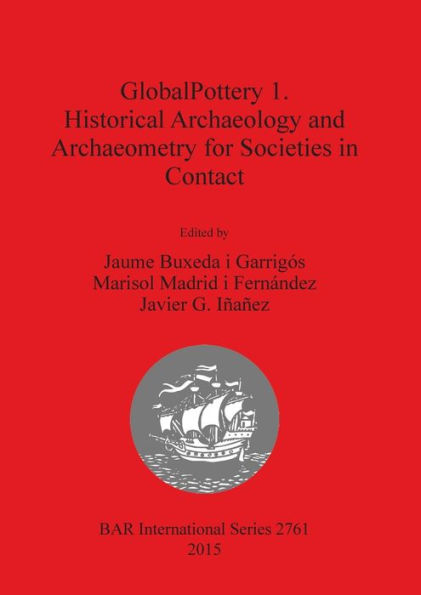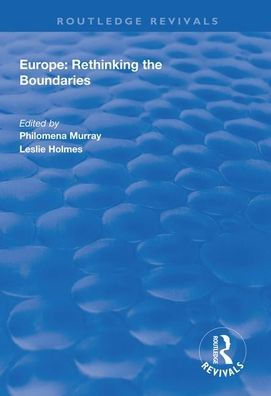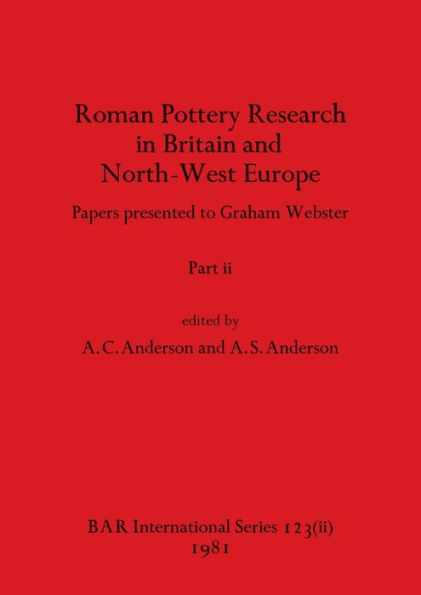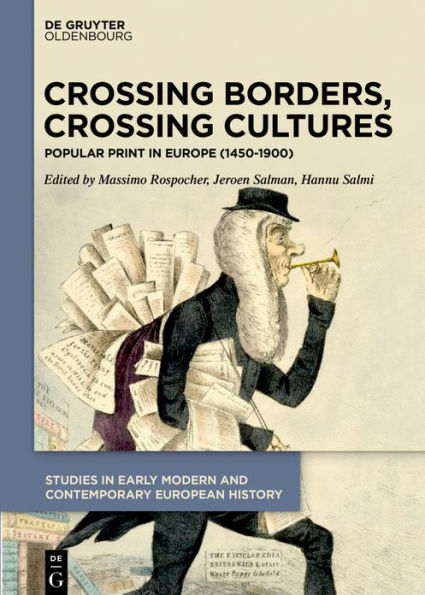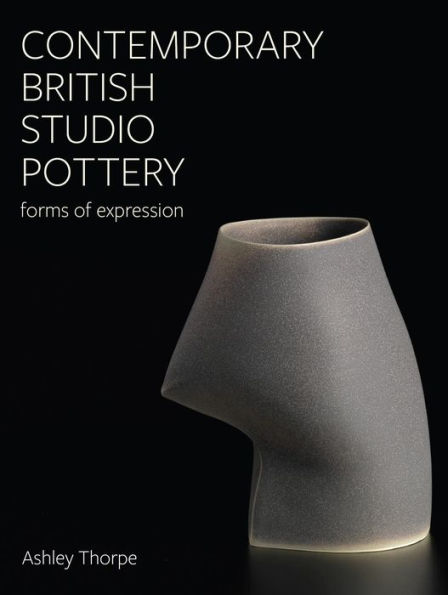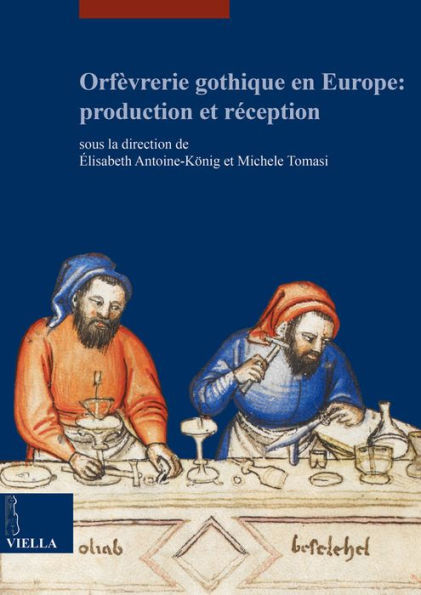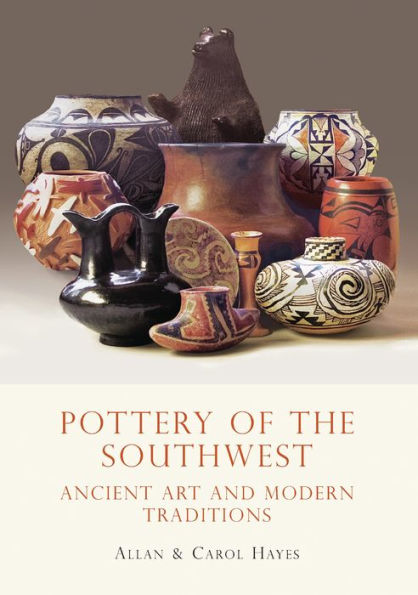Home
Europa Postmediaevalis 2018: Post-medieval pottery between (its) borders
Loading Inventory...
Barnes and Noble
Europa Postmediaevalis 2018: Post-medieval pottery between (its) borders
Current price: $88.00
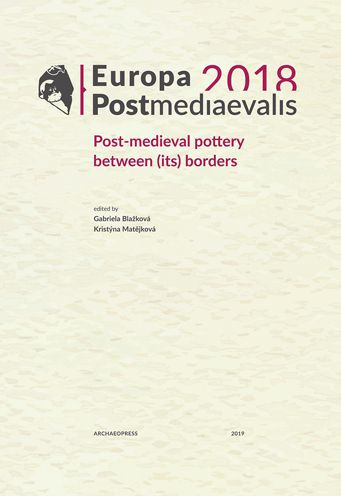

Barnes and Noble
Europa Postmediaevalis 2018: Post-medieval pottery between (its) borders
Current price: $88.00
Loading Inventory...
Size: OS
*Product Information may vary - to confirm product availability, pricing, and additional information please contact Barnes and Noble
This anthology is a collection of works from the Europa Postmediaevalis conference held in Prague in the spring of 2018. As the name of the conference suggests, the subject of interest is the Early Modern period (15th to 18th century) and the manner in which this relatively young discipline within the field of archaeology is approached in Europe. The first year of the conference set the goal of searching for topics in post-medieval archaeology that reflect their current situation while simultaneously addressing a broader group of scholars. Therefore, it is hardly surprising that the central theme pursued by generations across Europe proved to be Early Modern ceramics, the large assemblages of which are, for many of us, the bread and butter of our daily lives - a delight and often a headache resulting from their further processing. Since this issue is the one perceived most acutely in the Czech Republic, the organisers decided to share their current quandaries in this field with both domestic and foreign colleagues. The long-term objective of the conference is to create a professional platform with a uniform communication language (English) and a biennial periodicity allowing scholars to meet regularly to exchange experience gained in their study and work in post-medieval archaeology. The articles published in this anthology reflect the current state of research of Early Modern pottery in individual European countries (the Czech Republic, Croatia, Italy, Hungary, Germany, Norway, Poland, Portugal, Slovakia, Switzerland), including both successes and possible shortcomings. The individual studies should serve as impulses for further study, ideas for thought and discussion and, last but not least, as study material for those who come into contact with Early Modern material culture as part of their work.
